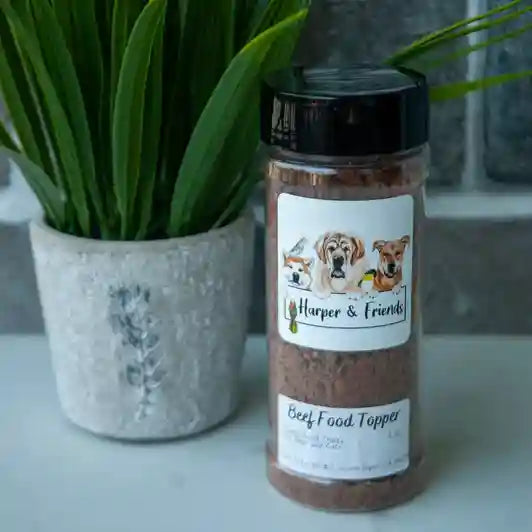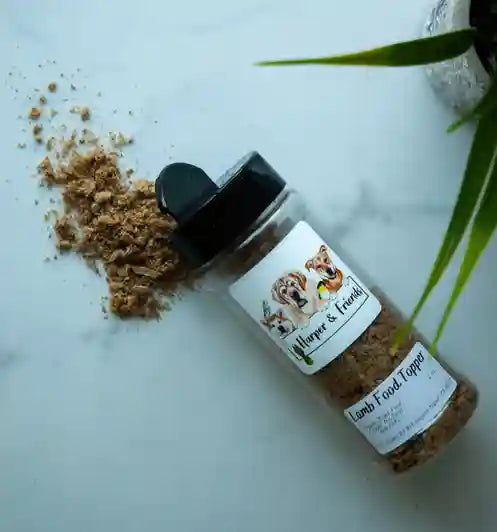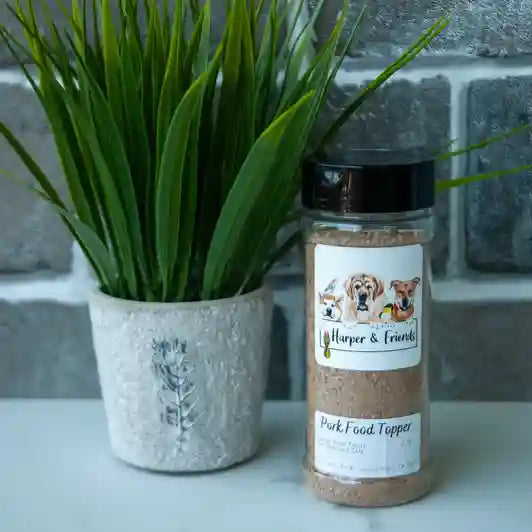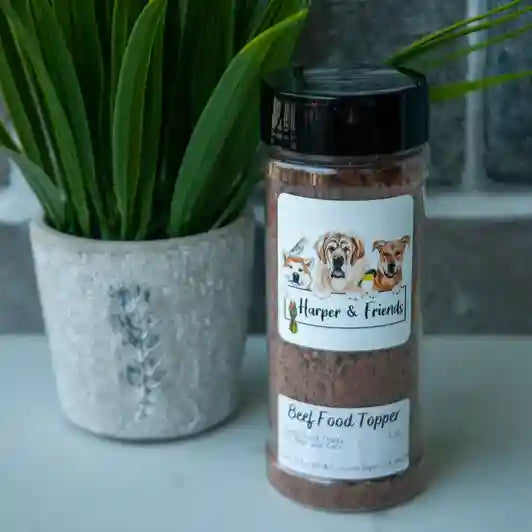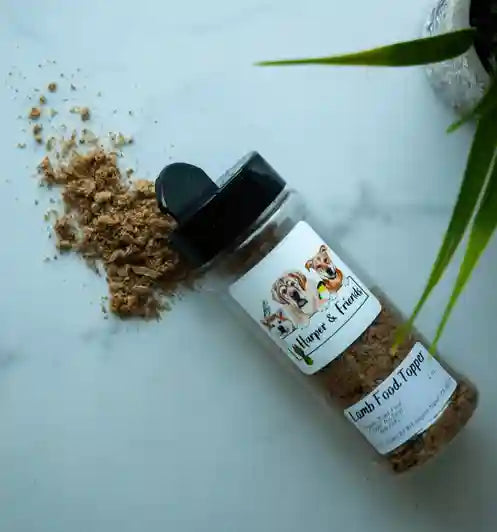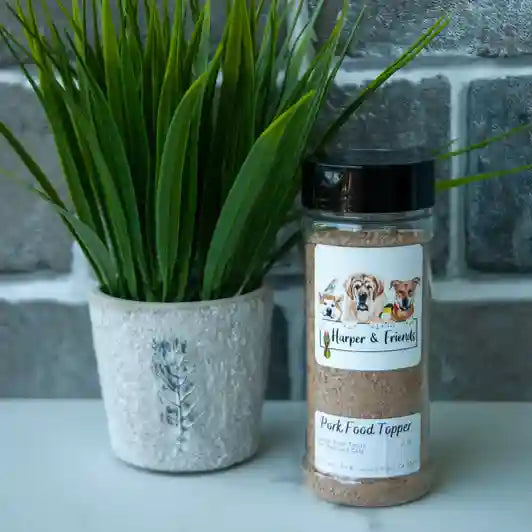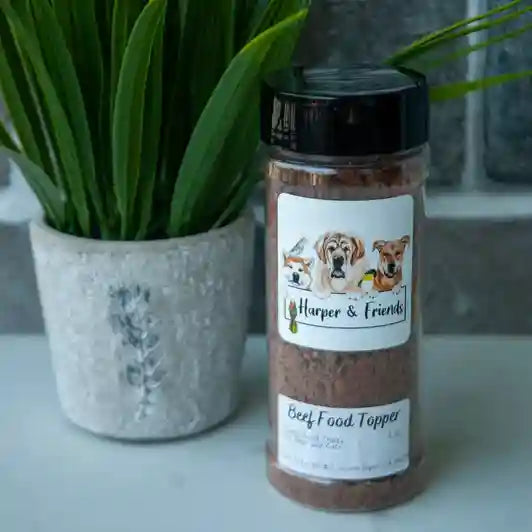Add excitement to your pup's mealtime with our Single Protein Dog Food Toppers! Add flavor and variety to your pup's diet without sacrificing quality. Your pup will thank you! To keep meals interesting, try rotating(Allergies and or Sensitivities Permitting) between our delicious Single Protein Dog Food Toppers!
Easy Addition at Mealtime
Our Single Protein Dog food toppers come as a finely ground freeze-dried powder making it a simple addition at mealtime.
Single Protein Not Single Ingredient
None of our toppers are single ingredient, they are all a combination of muscle and organ meats from a single species.
This was done for multiple reasons.
- A more balanced nutritional profile that won't result in your dog getting too much or too little of the various essential nutrients.
- Muscle and Organ Meats do a great job of complementing each other, as organ meats are far more nutrient dense compared to muscle meats.
- Palatability:
- Stool Quality
- Dogs do love organ meats, but too much organ is not ideal.
- Allergies and or food sensitivities
This means that our toppers are not only delicious but also more nutritionally balanced over those that are using just one ingredient.
Feeding Instructions
Treats should never make up more than 10% of daily calories. That is why we recommend also recommend rotating between different treats. Whether they are muscle meats or organs. Whether they come from the land or sea. Whether it is cattle, poultry or wild game. They all offer different levels and percentages of important vitamins, minerals, Types of fats, and Amino Acids. By rotating between treats you ensure your furry friends get a wider range of nutrients.



